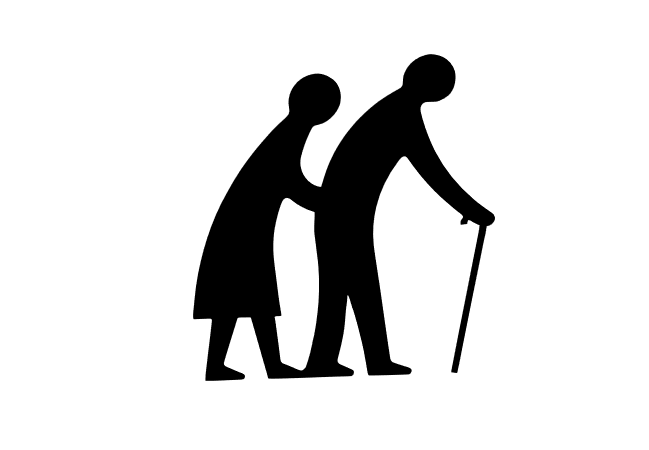
- What is osteoporosis
Osteoporosis is a condition where a person’s bones become weaker and weaker, and can break easily. All too often, we hear of friends or relatives, usually at an older age, who has had a fall and suffered a broken bone. These fractures (broken bones) are usually due to osteoporosis, as normal (non-osteoporotic) bone should be able to withstand low impact falls, such as falls from a standing height.
Breaking a bone can be a very serious problem, especially fractures of the hip bone. Approximately 20-30% of elderly persons who suffered a hip fracture die within 1 year, which is why prevention of falls and fractures are of utmost importance.
- Why does osteoporosis occur?
Our bones are in a constant state of turnover, with constant resorption (breaking down) of existing bone and formation of new bone. As we get older, and especially for women after menopause, there is more bone resorption than bone formation. As a result, the strength, thickness and density of the bones reduces, resulting in weaker bones.
Other factors can contribute to osteoporosis as well. For example, a lack of Vitamin D and calcium (which are required for bone formation) can lead to weaker bones. Certain medications, especially long term steroid do reduce bone strength, and medical conditions such as hyperthyroidism, rheumatological diseases and nutritional disorders increase a person’s risk of osteoporosis.
- How do I know if I have osteoporosis?
The best way to diagnose osteoporosis is by doing a type of X-ray called a DEXA (dual-energy X-ray absorptiometry) scan. This scan is done in the hospital and takes around 10-20 minutes to perform. The amount of radiation used for DEXA scans is much lower than other types of X-rays, which means that the technician doing the DEXA scan typically stays in the scanning room when a scan is being performed.
- Who needs to be tested for osteoporosis?
People with a higher risk of falls and fractures will need to be tested for osteoporosis. This includes anyone with a previous low-impact fracture (e.g. fracture after a fall from standing height), or people with risk factors for osteoporosis.
In general, osteoporosis is a condition that affects older people, especially postmenopausal women. In many western or high-income countries, all women above the age of 65 are tested for osteoporosis, even if they had no past fractures or risk factors. This is because osteoporosis is not uncommon in this group of people. Alternatively, in someone without risk factors for osteoporosis, we can use this formula to identify those at a higher risk for falls and fractures (for post-menopausal women only):
| Weight (in kilograms) - age (in years) >10 | Low risk for osteoporosis/fractures |
|---|---|
| Weight (in kilograms) - age (in years) <10 | High risk for osteoporosis/fractures |
People with a high risk for osteoporosis/fractures should then be assessed with a DEXA scan. Alternatively, the OSTA – Osteoporosis Self-Assessment Tool for Asians chart can be used to determine if a post-menopausal woman is at risk of osteoporosis.
This tool is available here:
https://www.healthhub.sg/sites/assets/Assets/Categories/Chronic Illness/osta-tool.png
More information available here:
https://www.healthhub.sg/a-z/diseases-and-conditions/19/bonehealth
- How is osteoporosis treated?
There are medications that can be used to increase bone strength and density if a person is confirmed to have osteoporosis. Essentially, this is to minimize the risk of fractures in the event of a fall. Besides treatment with medications, other dietary and lifestyle interventions are necessary to minimize the risk of falls and fracture, such as:
For good bone health:
-Eating food with a lot of calcium, such as milk, yoghurt, tofu, soymilk and green leafy vegetable.
-At least 10 minutes of sun exposure daily for Vitamin D, and eat food with a lot vitamin D, such as fish from the ocean
-Exercise for at least 30 minutes most days of the week
-Avoid smoking
-Avoid excessive alcohol intake
To prevent falls:
-Minimize loose items in the home that can lead to tripping such as rugs, electrical cables, toys or loose furniture
-Have adequate lighting at home, especially around the stairs, and have a night light ready for trips to the toilet
-Have your eyesight checked regularly
-Wear safe footwear, avoid high heels and floppy slippers
-Use assistive devices if necessary, such as handrails for stairs, toilet grab bars or walking aids
-Keep active – regular exercises and even activities such as tai chi help to improve balance and strength which would minimize the risk of falls
Leave a Reply